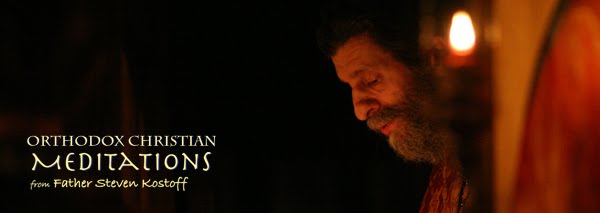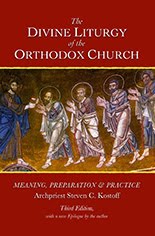Dear Parish Faithful,
Christ is Risen!
Indeed He is Risen!
O Myrrhbearing Women, why have you come to the tomb? Why do you seek the Living among the dead? The Lord is risen, take courage, cried the Angel.
(Matins, Friday of the Week of the Myrrhbearing Women)
We
commemorate, praise and venerate the Myrrhbearing Women during this
third week of Pascha. Because these noble women are so often referred
to collectively, perhaps we should remind ourselves of their individual
names and identities as well as that can be recovered from the
Scriptures and Tradition. According to the Great Horologion, we read the following:
Of those whose names are known are the following: first of all, the most holy Virgin Mary, who in Matthew 27:56 and Mark 15:40 is called “the mother of James and Joses” (these are the sons of Joseph by a previous marriage, and she was therefore their stepmother); Mary Magdalene (celebrated July 22); Mary, the wife of Clopas; Joanna, wife of Chouza, a steward of Herod Antipas; Salome, the mother of the sons of Zebedee; Mary and Martha, the sisters of Lazarus; and Susanna. As for the names of the rest of them, the evangelists have kept silence. (Matt. 27:55-56; 28:1-10. Mark 15:40-41; Luke 8:1-3; 23:55-24:11, 22-24; John 19:25; 20:11-18; Acts 1:14)
Privileged
by the Lord to be the first human persons to receive the revelation of
His resurrection; and also to behold the Risen Christ on “the first day
of the week;” we can only surmise with great humility and awe, what
those experiences could have been like. We know from the Scriptures
that they left the empty tomb following the angelic announcement of the
resurrection in “trembling and astonishment” (MK. 16:8). According to
Fr. John Breck, the Greek behind those terms (tromos kai ekstasis) can be rendered “ecstatic wonder.” This encounter with the numinous initially left them speechless.
Yet,
though we may concede the utter uniqueness of their experience, this
does not mean that we cannot experience that same “trembling and
astonishment” when we somehow stop the flow of our rushing thoughts and
contemplate the resurrection of our Lord from the dead. It is this
confidence that such an experience is open to all believers in Christ’s
resurrection that informs a wonderful passage from Fr. John Breck’s
article “Ecstatic Wonder.” Fr. John contemporizes the experience of the
Myrrhbearing Women in such a way that they do not remain remote and
iconic women of the past; but actually leave us - from “generation to
generation” – a living image of faith that can transform our lives today:
As the memory of the paschal celebration fades in the days and weeks following the feast, we are offered in the Myrrhbearing Women an image – a living icon – of paschal wonder, ecstatic wonder. If we listen attentively to the magnificent hymns of the Pentecostarion, we can hear the angelic announcement they heard and share the wonder that was theirs. In the midst of our ordinariness – shopping, taking the kids to school, fussing with the computer, sitting through office meetings, fighting traffic, or battling anxieties in the middle of the night – in the midst of all of it, that image of the Myrrhbearing Women extends an invitation. It calls us to step out of ourselves for a while, and with them to enter the tomb where Jesus was laid out in death. It calls us to contemplate the ineffable mystery of the empty shroud, together with the angelic proclamation, “He is not here, He is risen!”Out of that silent contemplation can come once again the profound sense of awe, of ecstatic wonder, that seized the women and all of those who beheld the risen Lord. As it did for the apostle Paul, that awe and that wonder can lift us out of our ordinariness, if only for a moment, and give us a glimpse, a blessed foretaste, of Paradise. (From Longing for God, p. 160)
To
a great extent, it is our choice that determines what will actually fill
us with “trembling and astonishment.” And that will in turn be
determined by what most deeply impresses itself upon our hearts. Gazing
into the empty tomb, and knowing that it is empty because Christ is
Risen, will always bring us back to that “ecstatic wonder” that we can
share with the Myrrhbearing Women.
Christ is Risen! Indeed He is Risen!








